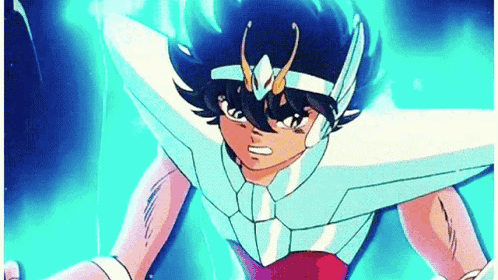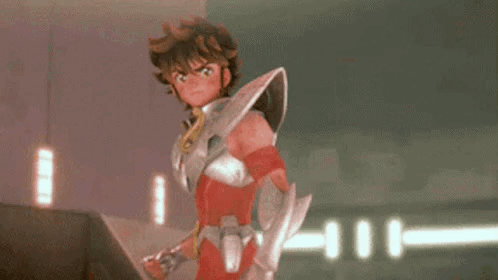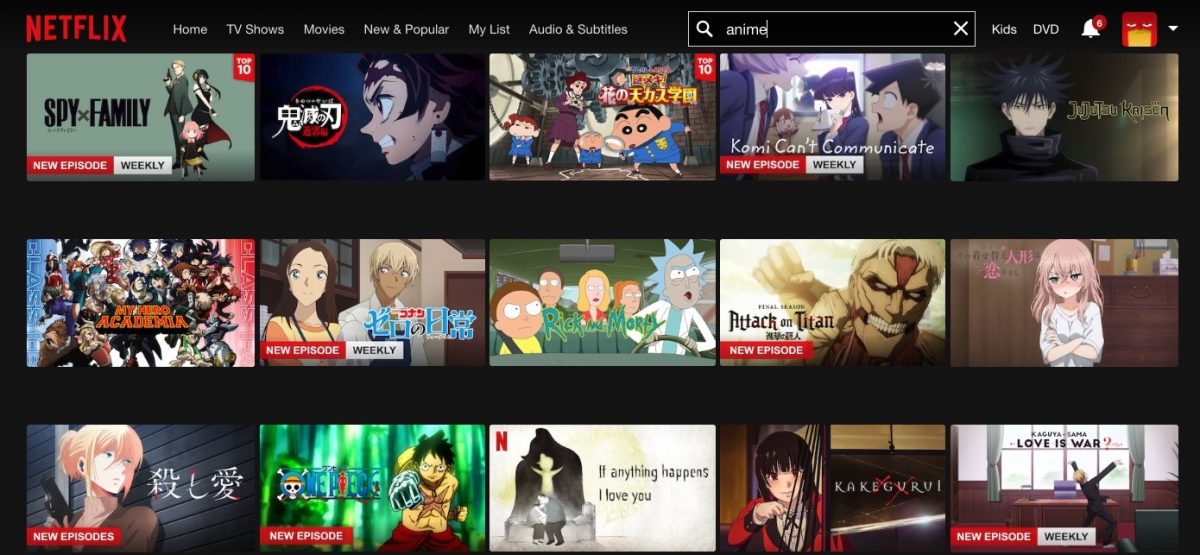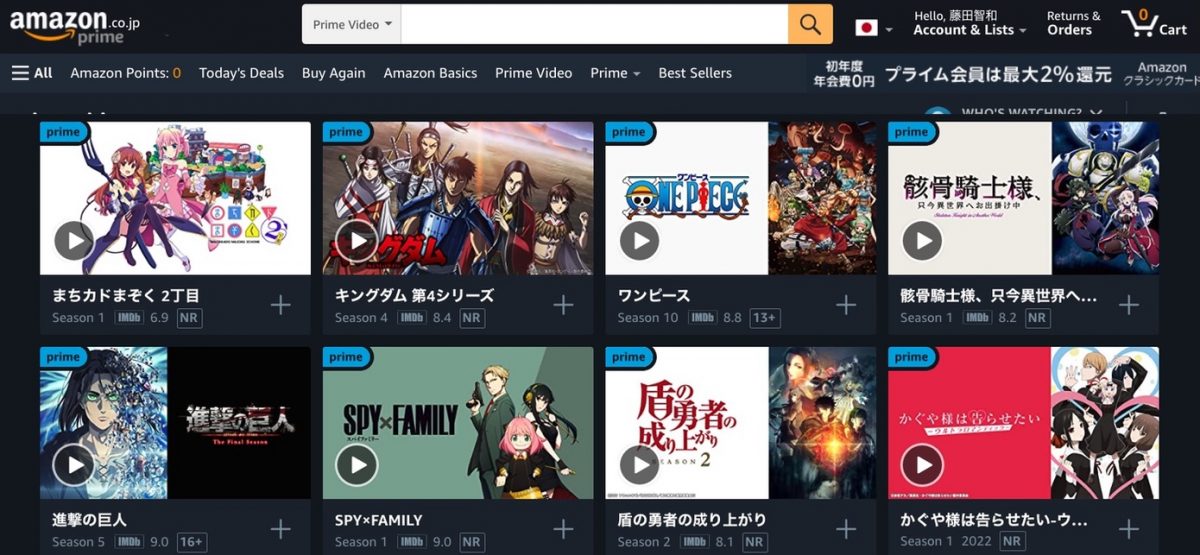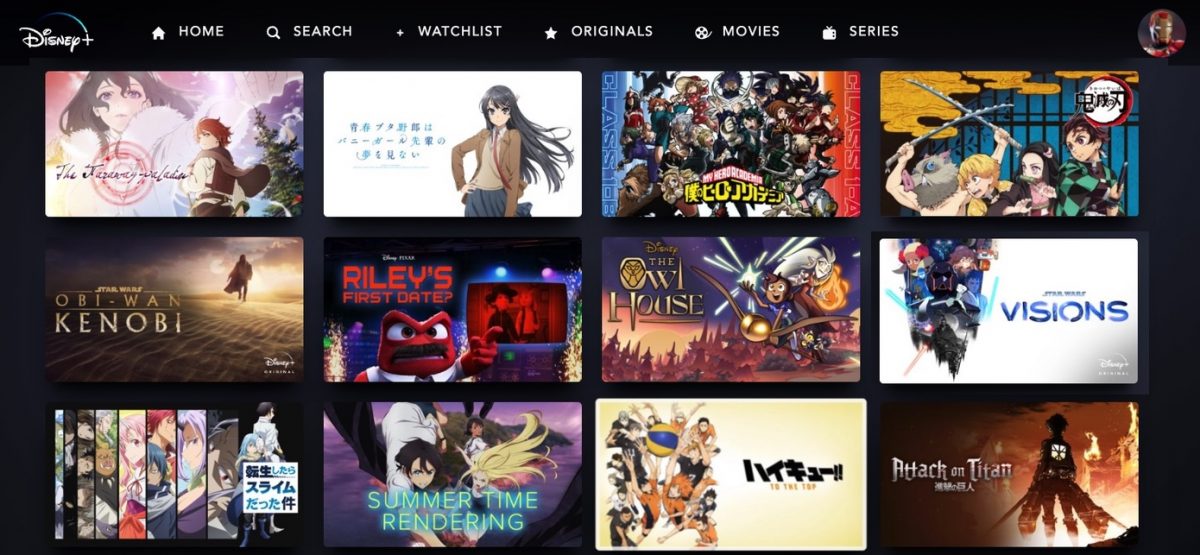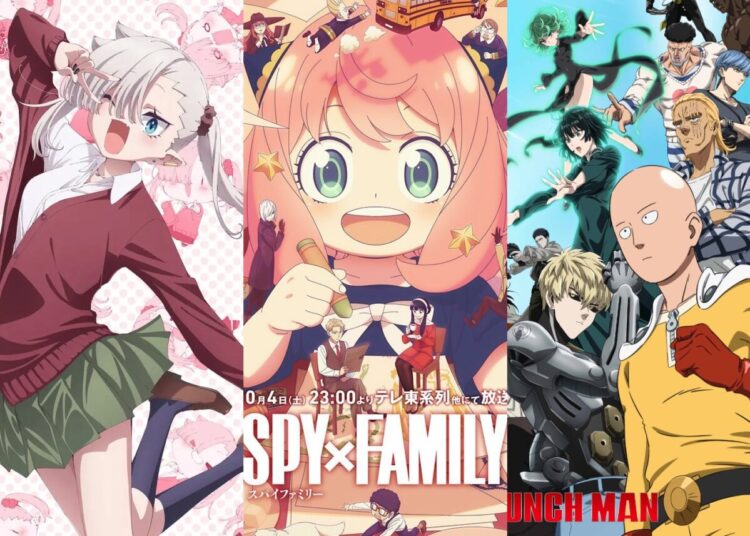Over the past decade or so, we’ve all been beneficiaries of the streaming revolution, as various video platforms made it easy to watch the most amazing content from any device connected to the Internet. The anime industry has benefitted, too, with streaming companies showering them with money to fund the anime that we all love. However, could winter be coming for the anime industry now that Netflix has stopped growing its users?
We’ve Reached Peak Netflix. What Does This Mean for the Anime Industry?
Recently Netflix announced its first decline in customers in a decade, news that caused the company’s stock to crash and compel pundits to talk about how the FAANG stocks have finally lost their N. While some of this drop was related to the company losing 700,000 accounts when it pulled out of Russia following that country’s demands that they carry Russian propaganda channels, Netflix also lost 200,000 U.S. accounts last quarter. So… what does this mean for the anime industry?
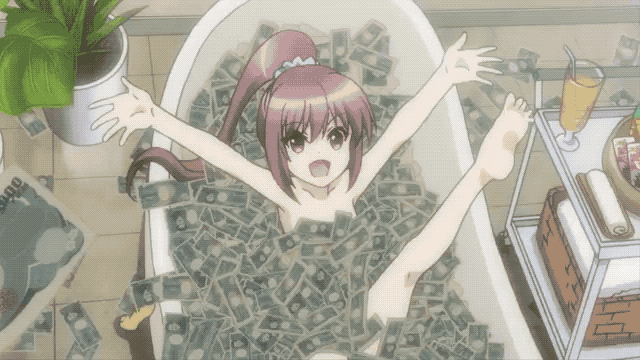
One of the most welcome developments of the past decade has been all the premium content we’ve been able to watch, funded through the streaming business model. Anime studios benefitted greatly from this happy situation, with the majority of funding for new anime series coming from streaming services like Netflix and Amazon Prime, as well as existing platforms like Funimation and Crunchyroll.
But now Netflix has a crisis on its hands as active users drop for the first time in a decade, forcing the company to make tough decisions about what projects to fund going forward. While animation is quite economical compared to major live-action productions — just $2 million for a season of anime compared with $25 million per episode of the upcoming Stranger Things season 4, for example — the company has made the decision to cancel various animation projects, laying off staff in their original animation division.
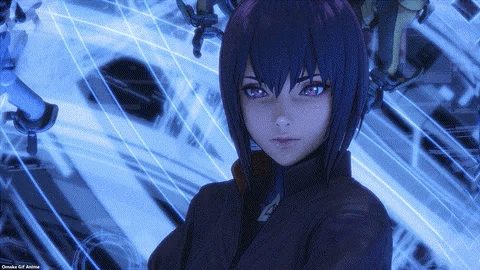
Maybe The End of Netflix Original Anime is a Good Thing?
While anime bloggers like me love to point out the various ways Netflix is bad for anime, the company has undoubtedly done some great things for the industry. Providing funding for glorious projects like Violet Evergarden. Helping prove that the subsidized-by-streaming model can make well-regarded series like Knights of Sidonia possible. Distributing the final Evangelion film worldwide while we were all trapped at home during the pandemic. Netflix has been an important financial partner to some of our favorite anime studios.
But the company’s original anime works, which they actually created or directly funded? Their track record is a lot less successful there. Here are some of their not-so-greatest hits:
- Japan Sinks, which was animated entirely outside of Japan and filled with bizarre writing and “Tumblr-friendly” themes.
- Yasuke, the story of the historical character Afro Samurai was based on… but was just some Americanized crap unworthy of being called ‘anime.’
- Their ill-conceived Cowboy Bebop live-action production had some good performances but was made without the humility that should be required when adapting such a beloved work.
- The 2019 Ultraman, which turned one of my childhood heroes into a CGI nightmare and created so little buzz that I, a person who follows the industry as part of my actual job, though it was still an upcoming project and not one that had already arrived.
- Godzilla: Singularity Point, a halfway decent effort that I enjoyed… though the “Netflix Jail” system ensured any buzz it could have generated died on the vine.
- Let’s not forget the first Netflix Godzilla attempt, three films with CGI animation so bad, it was unwatchable…despite having an epic story created by the great Urobuchi Gen.
- I dislike the way anime revival ideas die forever when Netflix touches them. When I saw they were bringing back Saint Seiya, I was super happy…but the bargain-basement CGI series we got killed any chance that a more serious effort might be made in the future.
- The Ghost in the Shell: SAC_2045, which was gorgeous and well-written, and would have been one of the greatest achievements of the company’s animation lineup… if only it had been traditionally animated, as fans wanted, instead of 100% CGI.
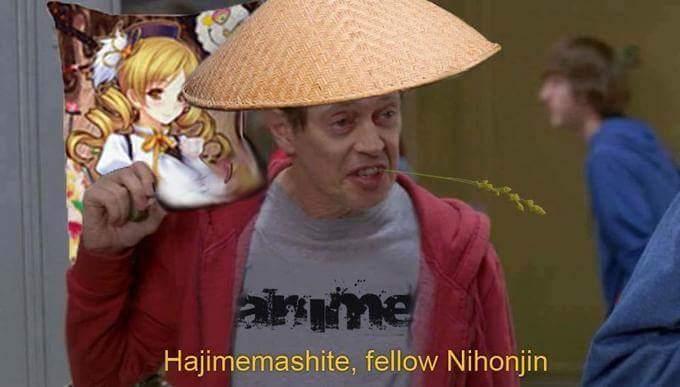
If nothing else, we can say that these series disappointed fans, failed to create buzz for Netflix (though some created negative buzz), and certainly did not contribute to any positive view of the company the way Violet Evergarden did. At worst, the company is trying to show how “cool” it is by making its own anime, reminding me of the time Disney embarrassed itself by trying to “out-anime” anime.
I went drinking with an actual anime producer and got to hear lots of inside info from her. Read my blog post here!
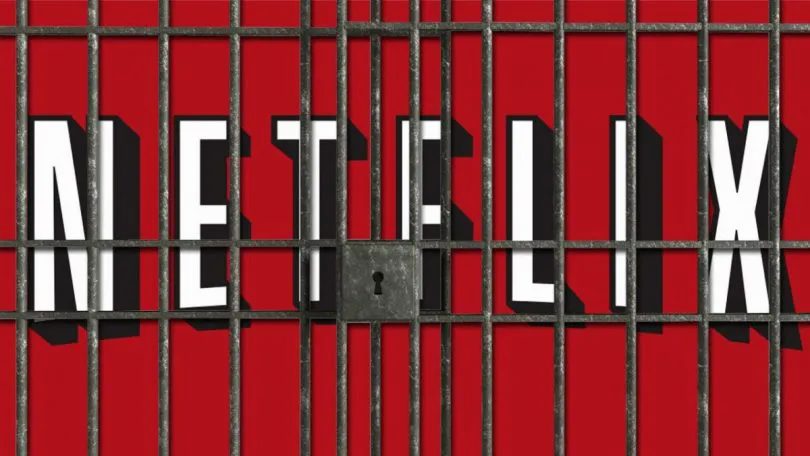
Other Problems with the Netflix Approach to Anime
There are plenty of problems with the way Netflix approaches creating animation. Let’s look at some of them…
- Netflix is the master of data, knowing exactly how many users have accessed its content, how many hours the fans watched, and when they went to bed. They use this data to allocate resources for future content… but I fear this does more harm than good. They can clearly see that the uninspired, mediocre “original anime” works they’ve been churning out have not been hits with their viewers… which likely gives them the justification to cut animation budgets further when they should do the opposite. The beatings will continue until morale improves.
- This trove of data becomes an excellent tool for negotiation with studios, allowing Netflix to show why it needs to cut this production budget or cancel that project. But some creators have complained that Netflix sometimes uses “staged data” in negotiations in less than savory ways.
- While I certainly appreciate the “binge-watch” model when I’m powering through episodes of Ozark or Fargo as fast or as slowly as I like, having an entire season dumped onto the platform is definitely bad for newly-airing anime, which need to come out weekly for fans to create buzz and memes to bring other fans on board. Ever wonder why Jojo’s Bizarre Adventure: Stone Ocean seemed to get forgotten in a week? It’s because Netflix shot their wad early, spitting the episodes out at once instead of putting them out weekly.
- The “Netflix Jail” system is terrible for creating a buzz since popular series will air only in Asia and then get broadcast a season later in other markets, to allow time for the various language dubs to be prepared. But by the time the dubs are ready, whatever excitement for the show has faded. It would be much better to release subtitled versions immediately and followed up with dubs two weeks later, the model they seem to be following with Komi-san.
In The End, I’m Not Worried About the Anime Industry
The news that Netflix is canceling some of their upcoming animation projects is certainly sad news for the staff directly involved. Animation is a hard industry to be in, and when your projects aren’t getting canceled, you’re being paid wages that are unthinkable low.
But the anime industry overall? I think it’s in great shape, as streaming sites like Netflix, Amazon Prime and Disney+ (plus about fifteen others, just in Japan alone) bring great content to their customers, giving fans a reason to not pirate. The arrival of actual competition for Netflix will probably be good for the company in the long run, forcing them to get innovative when it comes to bringing the right content to their customers. The “biodiversity” of streaming platforms is what’s important to the anime industry overall, and that has never been better.
Thanks for reading this post exploring how ‘Peak Netflix’ could affect the anime industry. What’s your opinion on the original animation that Netflix has been creating? Tell us below, or reply to us on Twitter!
We live in stressful times, but it’s great that ero products from Japan are here for us, allowing us to manage our stress and enjoy some relaxing internal fantasy life. J-List has a ton of new ero products on the site, with someone for every perversion. Enjoy our new lower shipping rates + $25 Shipping Support Coupon for all orders of $150 or more, too!


